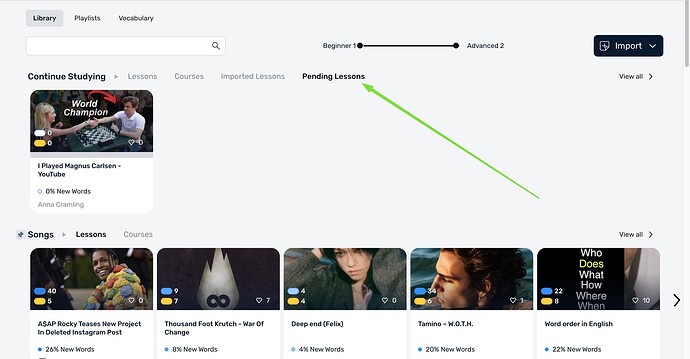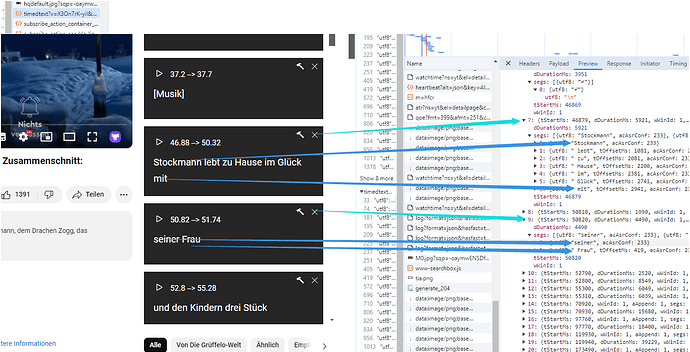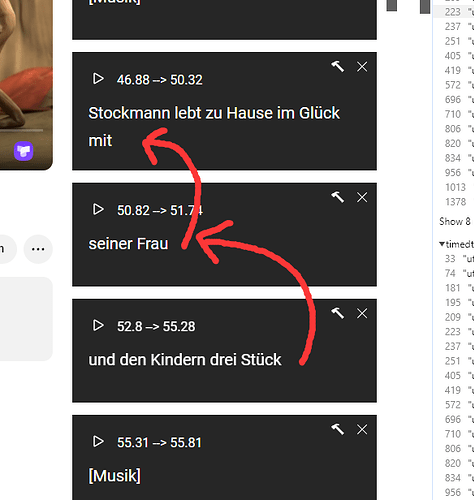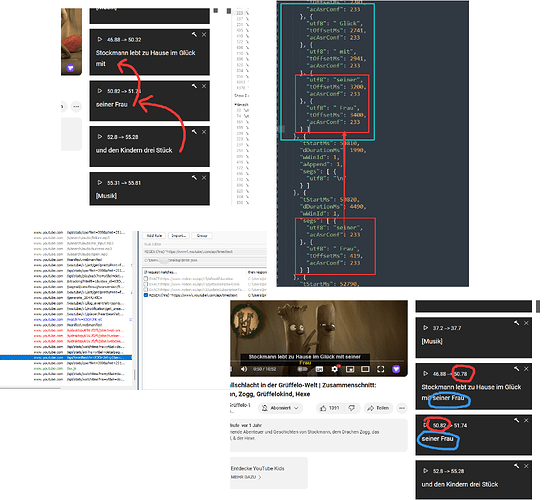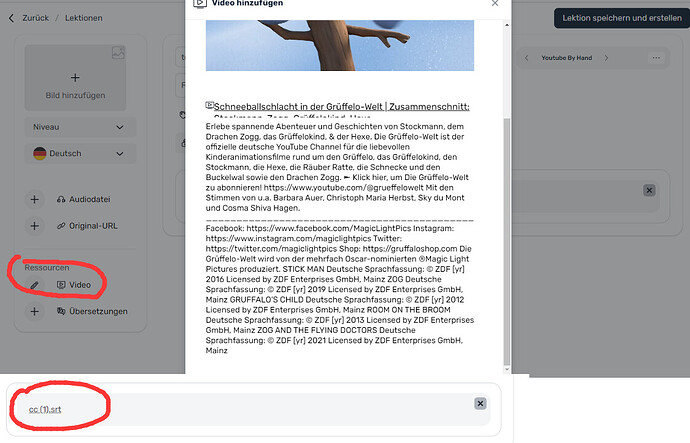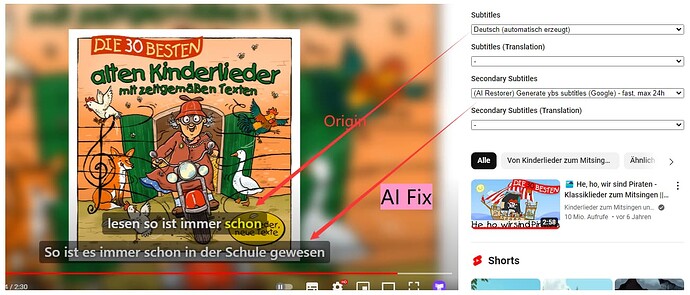- I go to the YouTube video.
- I click on the web plug-in LingQ icon.
- I click the “Import” button.
- The plug-in says, “Importing…”
- The plug-in then says, “Done!”
- I click the “Open lesson” button.
- LingG shows some gears and “Generating lesson,” “AI features can take some time. Try again later.” I’m a little confused now how it’s both “done” and “generating lesson” at the same time. (But then again, I think a meal’s prep and cooking is “done” when it’s been put on the table, not when it’s still in the oven, starting to brown and the plates and silverware still need set.)
- LingQ offers a “Go back to the Library” button. (But I wasn’t prior in the Library, I was in YouTube.)
- I click the “Go back to the Library” button and the video that was “done” importing doesn’t appear at all, not even with a “generating lesson…” overlay to indicate it’s still working on a long-running task.
Sure, AI features can take some time. I do “try again later,” a second time.
And a third. As I do, I ponder of a number of good UX practices that give user feedback on the progress of long-running processes.
I then I write this up chronicling the user experience on the fourth attempt.
(After having done much of this cycle fairly often recently. I’ve yet to figure out the correlating circumstances when it works vs when it doesn’t. At this point, I don’t think it has to do with what I do as a user and see a feature usage workaround.)
For me personally, this has been one of the most important LingQ features and it just doesn’t seem to work. The possible lack of error handling and misleading or confusing messages presented seem to make it even more unnecessarily frustrating.
